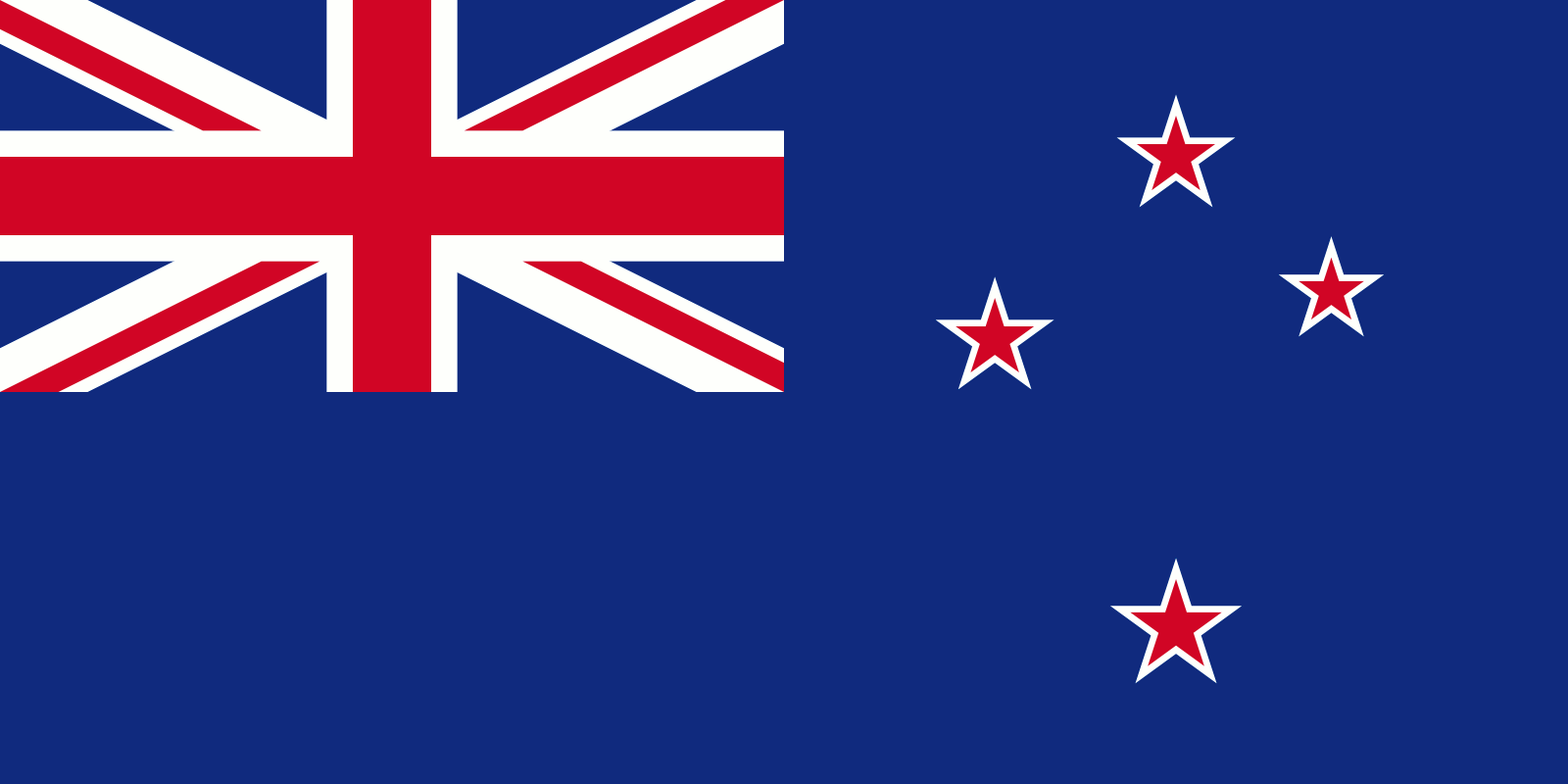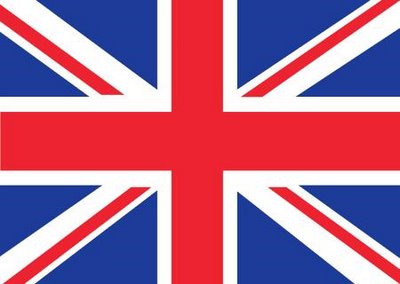At first, I want to tell you what made people go to New Zealand. As you know, they had little chance of making their lives better and they left home looking for better place. Of course this is one of the reasons of their journeys, but there is another reason and I have an interesting story. Have you ever heard “Terra Australis Incognita”? This is Latin words. “terra” means land or the earth, “australis” means south and “incognita” means unknown in Latin, so “Terra Australis Incognita” means unknown south land. Look at a map below; can you see a huge continent in the southern hemisphere?

There is not a large land like this actually, but about two thousand years ago, many Greek philosophers believed that there should be a great south continent to balance the south hemisphere with the north. However, this was just an imaginary land and nobody had evidence of existence of this land. Therefore, the Dutch East India Company sent Abel Tasman to find this southern land in 1642. About 120 years late than Tasman, Captain Cook set out his voyage.
Now I’d like to introduce these two important voyagers comparing with each other. Able Tasman (1603-59) was a Dutch navigator, and James Cook (1728-79) known as Captain Cook was a British explorer and cartographer. The cartographer is a person who makes maps: a maps creator. Cook joined the capture of Quebec and improved his charting skills for ten years, so he had a reputation as a good cartographer. Tasman was sent to find Terra Australis: an imaginary southern land, on the other hand, Cook’s original purpose of his voyage was to observe the transit of Venus from Tahiti. Venus is the second planet from the sun, and the transit of Venus is the process of crossing the sun face of Venus. Tasman considered today’s Australia as Terra Australis Incognita and because he went to New Zealand for once and never come again, his map was not completed. It has only a single line and shows a northern part of South Island and the west coastline of North Island. Cook traveled three times to New Zealand. He spent over six months charting his map, and finally completed a whole map of New Zealand. This is the biggest achievement of his all discovery. Besides Tasman and Cook, I have another important explorer to tell you. His name is Dumont D’Urville.
D’Urville (1790-1842) was a French explorer, I would like to introduce him briefly. D’Urville was a botanist and a linguist. A botanist is a specialist of plants and linguist is a specialist of languages. He received orders to look into the place to establish a French settlement in Western Australia, so in 1824 he first went to Australia and bound for New Zealand. There were only five crews on the ship and they stayed only two weeks, but D’Urville had good knowledge of plants and languages, so he was able to gather much information about Maori and Maori lifestyle. He made a more accurate map than Cook’s and his map became the first major map after Cook. Click here for details.
Finally, I would like to compare New Zealand maps in history. As I mentioned before, the chart made by Tasman shows parts of New Zealand and it describes it with a single line. Though this map is incomplete, it looks very close to today’s map. One of the biggest mistakes is that Tasman thought New Zealand was one island and described Cook Strait as a bay. How about Cook’s map? To be surprised, it is mostly same to today’s map, except two major mistakes. Cook described Banks Peninsula as a small island and a peninsula he wrote in bottom is actually Stewart Island. About 60 years later, D’Urville made this map. He made amendment of Cook’s mistakes and finally he got a quite accurate map.
I introduced three brave explorers: Tasman, Cook and D’Urville with interesting story of an imaginary large south continent. They needed lots of knowledge and efforts to create maps, and it took an incredibly long time to complete it. I cannot imagine the world without their maps.


